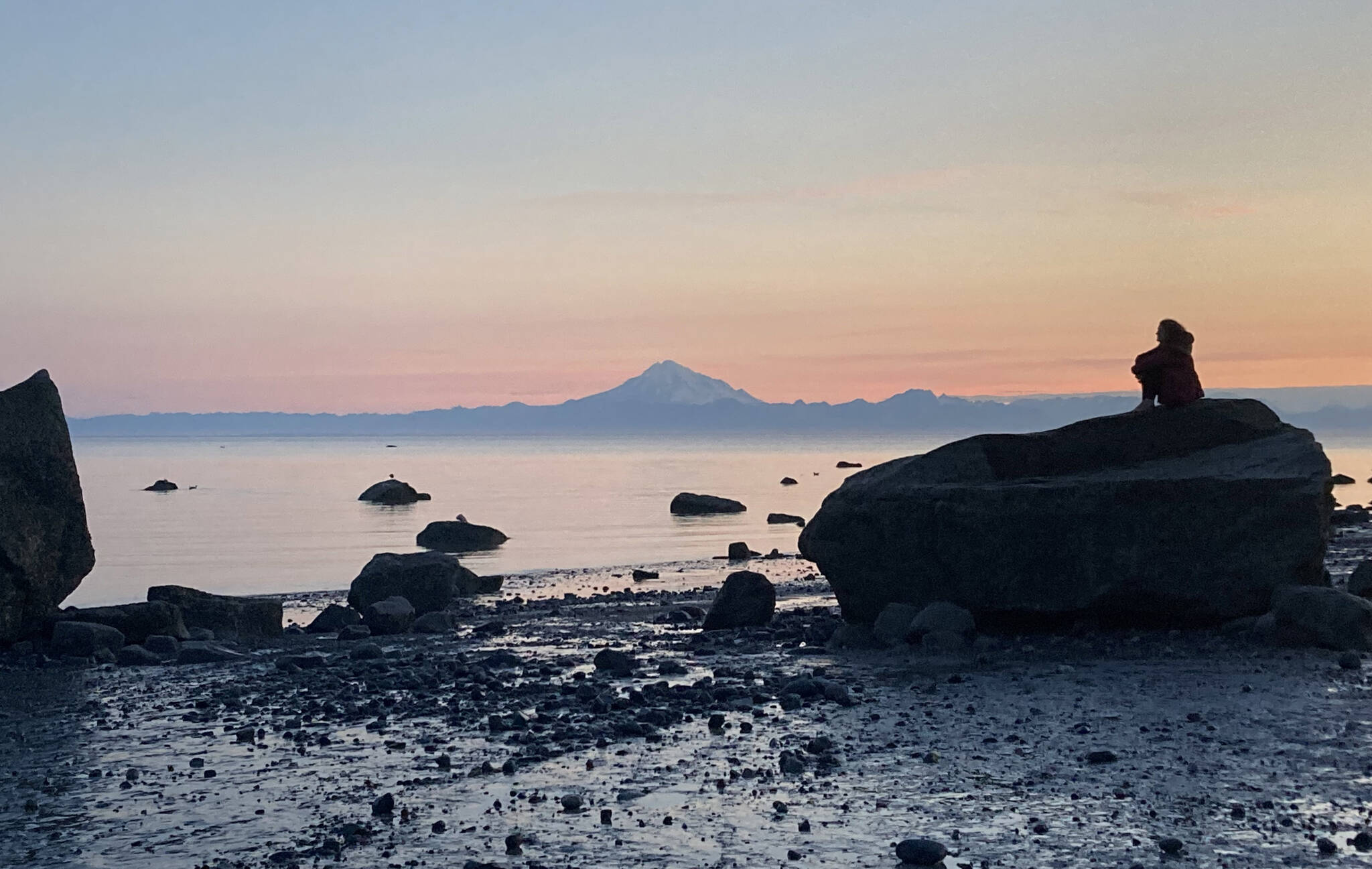I don’t feel like I’ve been outside much lately. The problem is I have been outside a lot lately.
In “The Circle Game,” Joni Mitchell sang, “And the seasons, they go ‘round and ‘round/And the painted ponies go up and down/We’re captive on the carousel of time.”
I’ve always loved that captivity to the seasons.
A desire to experience four seasons may have been as good of a reason as any why I left Southeast Wisconsin 25 years ago and still have not returned. The area no longer gets the snowy winters it did when I was growing up.
The progress of the four seasons also is one of the main reasons I like to get outside every day.
The subtle changes in light, temperature, plants, animal behavior and bugs combine to put me in a rhythm in which I am happiest.
I’m currently not in that rhythm, even though I’ve done something outside nearly every day all summer.
I was feeling alone until I read about the plight of fireweed.
Starting in the summer of 2020, after the Swan Lake Fire of the year before, the approach of autumn has seen the central Kenai Peninsula set ablaze with the brilliant pink of the fireweed bloom.
That is, until this summer.
Under the headline “Fireweed fail” on kdll.org, station general manager Jenny Neyman asks three experts for the reason for the paucity of fireweed blooms.
None can give an exact answer, but the consensus guess is the cold, wet weather of this “summer.”
Seems I’m not the only one who has lost the rhythm of the seasons.
Here’s the problem. In late April, I wrote a column for these very pages exploring how “a year in Alaska is a classic three-part narrative that begins in July and ends in June.”
I argued that the seasons in Alaska play out like a classic movie plot, with the plot climaxing in late April.
I was wrong and I think it may have been one of the stupidest things I’ve written. This summer proves it.
We, and the fireweed, can’t count on the Alaska seasons to stick to the structure of a movie plot. The weather is going to do what it wants to do.
These past weeks, as the feel has switched from summer to autumn daily, I can almost hear a Hollywood director yelling, “Cut. Cut. Cut!”
How had I gone so wrong?
Well, thank god for Joni Mitchell.
A YouTube video about “The Circle Game” on the Polyphonic channel says, “I think that the image of the carousel is important here too. It’s an image of youth and beauty — a simple metaphor for life.
“If you keep this purity of youth with you as you move through life, you’re not going to lose the joy and innocence of youth.”
As I’ve aged, and I think as most people have aged, there’s a tendency to want to put nature in some plot or structure. It’s why you hear, “Why is it raining, it’s winter?” or, “Why is it raining, it’s summer?”
I’ve always struggled to keep the spirit of Mitchell’s child, “Fearful when the sky was full of thunder/And tearful at the falling of a star.”
That’s a disservice to nature, a nature still so full of wonder that three experts can’t say for sure why the fireweed didn’t bloom.
Society, and the natural desire of the human brain for order and explanation, continuously pull me in another direction. But I resolve anew to make each day another turn in the Circle Game.

